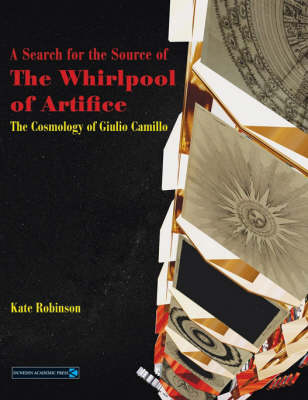Giulio Camillo (1480-1544) was a poet, scientist and image-maker. Three months before he died Camillo dictated the text of his most important and secret work to his agent, Girolamo Muzio. Muzio's transcription of L'idea del Theatro was eventually published in Florence in 1550. Camillo's secret, revealed in L'idea, is about man's relationship to the heavens. Camillo envisaged a living, tangible network of relationships that holds the cosmos in being. Heavenly influences, in the form of 'celestial streams', rain down on the earth. Man is as much part of the earth as he is made up of the stars. Rocks and stones, earth, flowers and trees are alive and aware of their holy origin. The skin and hair of man is receptive to the flows of heavenly love. This is not all that is contained in L'idea for Camillo believed that is was the sun and not the earth that has pride of place in the universe. Camillo dictated L'idea a few months after publication of Copernicus' Revolution of the Heavenly Spheres but Camillo did not use mathematics to prove his theories. Instead his conception of the universe is of a vast array of images. Thus the heavens are described by Camillo in terms of visual signs.
This book looks at the connection between image and science in the sixteenth century. A Search for the Source will appeal to emblemologists and students of ideas, especially those of the renaissance, the history of science and the history of art.
- ISBN13 9781903765531
- Publish Date 23 February 2006
- Publish Status Out of Print
- Out of Print 14 January 2011
- Publish Country GB
- Imprint Dunedin Academic Press
- Format Hardcover
- Language English
- URL https://dunedinacademicpress.co.uk/page/detail/?ISB=9781903765531
